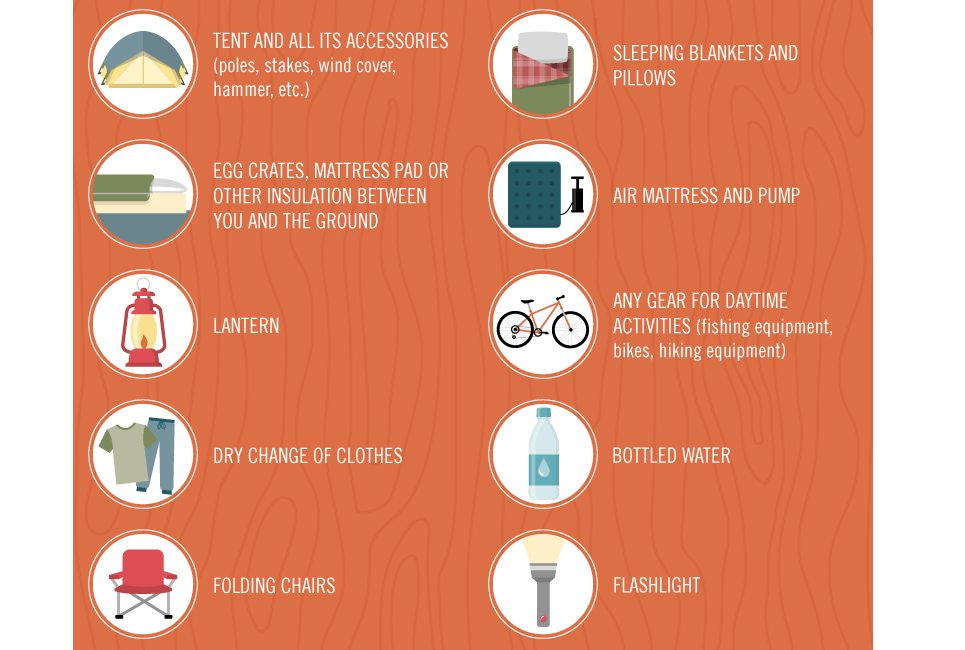As sustainable design becomes increasingly popular, all-natural structure products are restoring prominence. Natural insulation alternatives like down, cork and Havelock woollen use a wide selection of advantages, including outstanding warmth-to-weight ratios, water resistance and compressibility.
However, their sustainability relies on the source of resources and how they are refined. Some artificial components lost microplastics during building and are difficult to recycle, adding to landfill waste and contamination.
Price
When it concerns shielding clothing and sleeping bags, rate is frequently a leading factor to consider. While natural materials assure lower discharges and biodegradability, artificial insulation provides unequaled durability and performance for much less.
Made to imitate the protecting properties of down, synthetic insulation is comprised of high-loft collections of polyester. Common brands consist of Thinsulate, PrimaLoft and Climashield. These are additionally breathable and can be compressed down to size for smaller sized packs. Nonetheless, they don't carry out also in wet problems.
A relative beginner to the eco-insulation market, Icynene spray foam is a powerful air sealant that increases 100x its original volume in wall and roofing cavities. It can be sprayed on wall surfaces, floorings and attic rooms and is ideal for retrofits. It's made mainly from recycled paper products and treated with fire retardants.
Toughness
The sturdiness of insulation products can have a big effect on the overall sustainability of a framework. It can influence life cycle exhausts, energy intake and maintenance needs. Natural products can resist weather condition wear and environmental pressures and often need less maintenance than artificial alternatives.
For instance, ThermaCork increased cork and Havelock wool are durable, eco-friendly insulation solutions that use a wide range of advantages. They additionally provide an even more lasting structure option to conventional fiberglass and foam insulation. They can offer exceptional fire resistance, acoustic performance and add to far better interior air top quality.
Artificial insulation is typically made from polyester, which can be either raw or recycled. It's crafted to simulate down's soaring tendril framework, trapping warm air for insulation. However, it doesn't compress as well as down and can shed its insulating power when damp. Recently, though, researchers have actually had the ability to develop synthetic insulation that extra closely matches the warmth-to-weight ratio of down while preserving its protecting residential or commercial properties in damp conditions.
Recyclability
The protecting products utilized in building construction have substantial influence on the atmosphere. This results from both their production phase (making use of non-renewable basic materials and fossil energy usage) and their disposal stage. They likewise add to environment modification and create health and wellness problems in people that are subjected to them.
Natural insulation choices like ThermaCork broadened cork and Havelock wool can be recycled, along with sourced locally to reduce transportation-related carbon exhausts. They likewise have lower embodied carbon and some are also carbon-negative. Furthermore, they may be accredited by Cradle to Cradle or GREENGUARD for sustainable techniques and lower levels of released toxic substances.
One more green alternative is wood fiber insulation. This cellulose insulation is made from sleeping bag recycled paper, cardboard, and various other waste products. It can be treated with borate to maintain fire resistance and waterproof paraffin wax to avoid moisture seepage. It has an R-value of 3.6 to 4.2 per inch and performs in a similar way to artificial foam boards.
Sustainability
As more home builders are looking for green insulation choices, it's important to recognize the true ecological impact of these products. This includes their embodied carbon, poisoning and breathability, in addition to just how they carry out in various climates.
All-natural insulation like cork, hemp and wool supply a variety of benefits from sustainable resources. They also decay naturally at the end of their life, which minimizes landfill waste and contamination. They usually likewise have reduced embodied carbon than synthetic choices and give off much less volatile natural substances during use, which boosts indoor air high quality.
To locate an environmentally friendly insulation, try to find third-party certifications such as Cradle to Cradle or GREENGUARD Gold. These indicate that the insulation has actually been examined according to rigorous ecological and wellness standards. In addition, look for products that are made from recycled or upcycled products to lower embodied energy. This can help in reducing the ecological footprint of your project by supporting neighborhood economic situations and decreasing transportation-related discharges.
